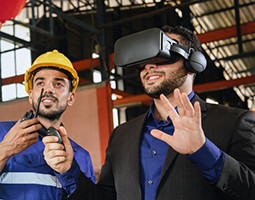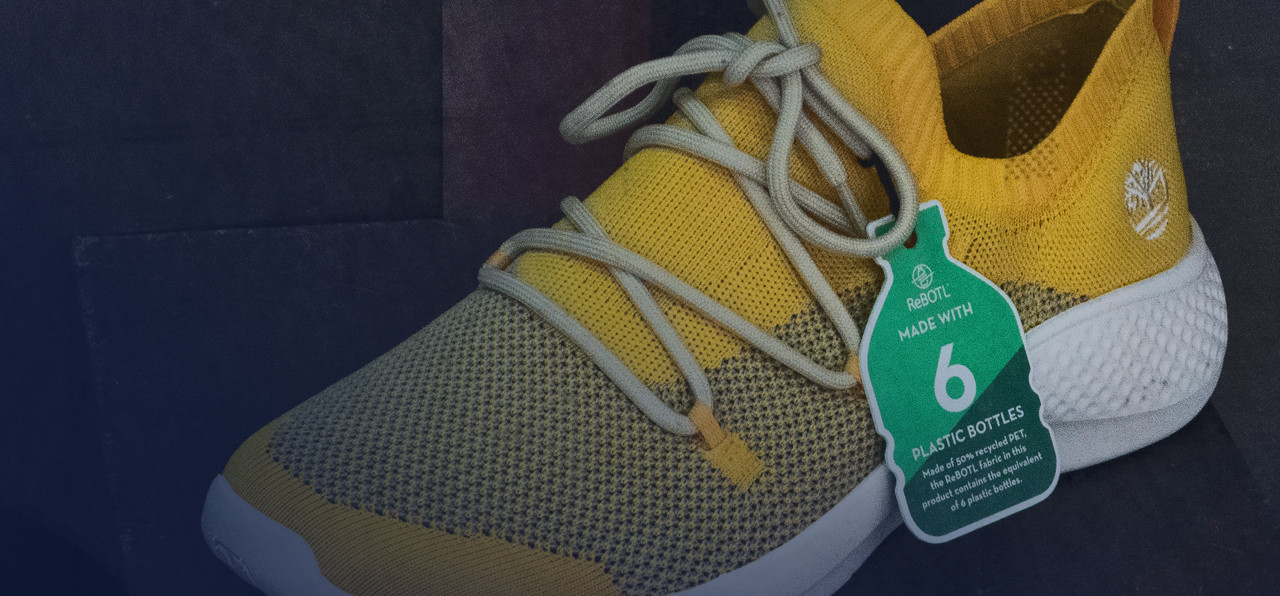May 19, 2022
The future of retail in the net zero age
As the net zero era unfolds, the very nature of consumption will undergo significant change, and the retailers who support it will, too.
The purpose behind retail has traditionally been to sell more and more stuff to consumers. Increasingly, however, the waste incorporated into this ceaseless flow of transactions is directly associated with destroying the planet.
The global fashion industry, for example, is widely seen as being the second-largest industrial polluter, accounting for 10% of global pollution, according to some estimates, higher than emissions from air travel alone. When factoring in the entire lifecycle of a garment, from manufacturing to transportation to, ultimately, ending up in landfill, 1.2 billion tonnes of carbon emissions are released by the fashion industry every year.
Clearly, consumers will continue to consume. But increasingly, these transactions will take on a different look as retailers—like many other industries—step up to address the many challenges of what we might call “the net zero era,” the most threatening of which is sustaining a planet healthy enough for humans to keep calling it home.
Why now
High street and e-commerce retailers are under pressure from consumers and other stakeholders to reduce their impact on the environment, from carbon emissions to their use of scarce resources, especially as increasingly strict regulations loom.
In addition, sustainability concerns and values-based shopping are redefining how people consume—and even what it means to consume. A new generation of consumers is rejecting the throw-away culture that preceded them and looking past the point of sale to see what it took for the product to make the long journey to their shopping cart—not to mention what they’ll do with it afterwards.
As a result, retailers need to provide the transparency, trust and control consumers increasingly seek. As Alan Jope, CEO of Unilever, recently said, "any company that wants to stay relevant in the future should think about sustainable behavior."
What to look for
Many retailers are seeking carbon footprint reductions through transportation optimization, using battery-operated vehicles to replace fuel vehicles. But an even bigger sustainability prize is circularity.
Retailers will increasingly look toward circular business practices—where raw materials or the products themselves are recycled, reused and reallocated—and eventually to a business model that can credibly be termed "circular." Product stewardship programs are now emerging worldwide, from swap-and-sell WhatsApp groups, to business-led moves like IKEA's Circular Hub.
At Nudie Jeans, sustainability and extending the product lifecycle are central to the brand message. In addition to selling clothing based on organic materials and recycled fibers, the retailers’ high-touch store experience allows customers to have their old, favorite jeans repaired, or they can return them and get 20% off in-store or donate them to the company’s recycling program.
Paris-based Back Market, meanwhile, runs a marketplace platform for sophisticated refurbished electronics. It has reached a valuation of $5.7 billion—France's most valuable startup.
Government-sponsored initiatives include procurement programs in cities like Toronto, France's 50-measure roadmap for a 100% circular economy and the Netherlands' plan to become completely waste-free by 2050. Ignoring the signals from customers, competitors and governments is not a viable strategy.
How to get ready
Shifting to a circular business model will require a “systems thinking” approach in which retailers map the impact of their business decisions beyond the immediate next step in the value chain, and out to the larger subset of players, from manufacturers to logistics providers.
By using Internet of Things (IoT) technology for everything-as-a-service (XaaS) business models, retailers can lay the foundation for a robust, sustainable strategy. It is now possible to digitally track, measure and conserve assets and materials so producers and customers can drive the maximum value from them.
The secondary market for mobile phones hints at the opportunity for retailers and their partners across the product lifecycle to retain and share more of the value of the material and energy used to make and sell products. It also points to the business model changes required to seize that opportunity—such as new processes and systems for helping customers when products wear out, approach obsolescence, fail or no longer provide satisfaction (see Nudie Jeans above).
Retailers will continue to use advanced analytics to get even better at giving customers what they want, reducing the possibility of the product ending up in the trash. And they’ll explore new business models that are centered less on ownership and more on leasing. Brands like IKEA, John Lewis and Muji, for example, have established furniture rental initiatives. With 22 million pieces of furniture sent to landfills every year in the UK, these initiatives could significantly reduce waste.
Overall, the retail industry will profoundly recalibrate what it means to sell by decoupling profits from wasteful consumption. This will include experimenting with new tools and new ways of doing business to delight customers with more personalized interactions, including in the metaverse and other virtual worlds.
For example, UK retailer Selfridges partnered with Paco Rabanne and Fondation Vasarely to open a metaverse-based department store as part of London Fashion Week this year, enabling immersive experiences and guided tours of exclusive non-fungible tokens (NFT) available for sale. Tommy Hilfiger and Dolce & Gabbana also opened stores as part of the annual fashion event, offering NFT items for use in the metaverse or to be exchanged for goods in the physical world. (One step further could be to 3D-print them, thus minimizing the need for logistics.)
As the net zero era unfolds, the very nature of consumption will undergo significant change, and the retailers who support it will, too. What’s clear is that the modern retailer will need to move fast to attract customers who buy not only their products but also a new way of doing business.
This article was written by Euan Davis, AVP at Cognizant Research, with valuable input from Phil Mathews, Prem Roy Paladhi and Girish Dhaneshwar, UK Retail Sector Lead, Senior Director and Consulting Practice Leader respectively in the Retail, Consumer Goods, Travel and Hospitality practice at Cognizant.
We’re here to offer you practical and unique solutions to today’s most pressing technology challenges. Across industries and markets, get inspired today for success tomorrow.
Latest Posts
Related topics
Get actionable business Insights in your inbox
Sign up for the Cognizant newsletter to gain actionable AI advice and real-world business insights delivered to your inbox every month.















